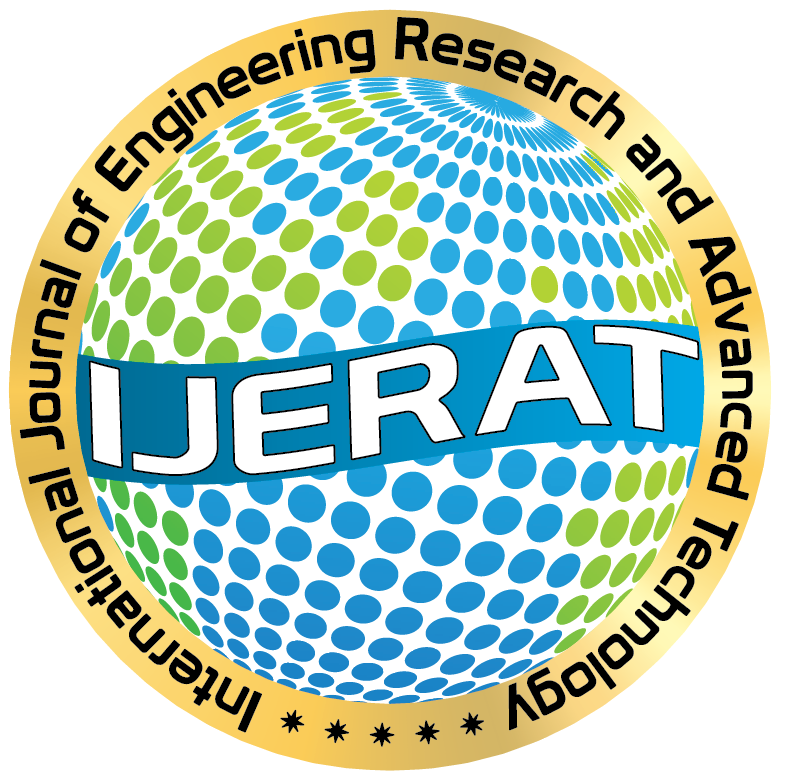An Electric Public Transportation Vehicle Modelling and Comparison with Conventional Diesel Vehicle
DOI:
https://doi.org/10.31695/IJERAT.2019.3439Keywords:
Electric vehicle, Vehicle modelling, Energy analysis, Diesel vehicle, Simulation.Abstract
Public transportation which travels around inner city routes is showing great importance in terms of air pollution arousing from internal combustion engines. In this context, lots of different solution are developed by the scientific and industrial community. Usage of electric vehicles which tank to wheel emissions are zero are one of the possible solutions in this area. On the other hand, regarding economic aspects of electric vehicle (i.e. battery, charging) the public transportation system should be evaluated technically at first for creating inputs to economic models with alternative scenarios. This paper focused on demonstrating energy
analysis of an electric public transportation vehicle in congested city traffic of İstanbul. In this context, diesel and an electric vehicle model was developed to demonstrate fuel and energy consumption analysis. A “dolmuş” vehicle properties which are a minivan light-duty commercial vehicle used in İstanbul Public Transportation frequently is chosen for modeling. The onedimensional vehicle models are created at AVL Cruise powertrain modelling program. Then electric and diesel vehicle models were simulated with real on-road velocity profile data that was logged from the dolmuş route for ~1-hour operation. Results were compared between the conventional diesel engine and a simple electric vehicle to see transformation possibilities. Dolmuş concept was transformed an electric vehicle and profits are obtained by comparing with a conventional diesel vehicle. It was also shown that one-dimensional modelling techniques can also be used to improve and optimize the electric and energetic efficiency of electric vehicles used in public transportation.
Downloads
Published
Issue
Section
License
Copyright (c) 2020 Goşenay Zeynep AVCI, Orkun ÖZENER

This work is licensed under a Creative Commons Attribution 4.0 International License.









